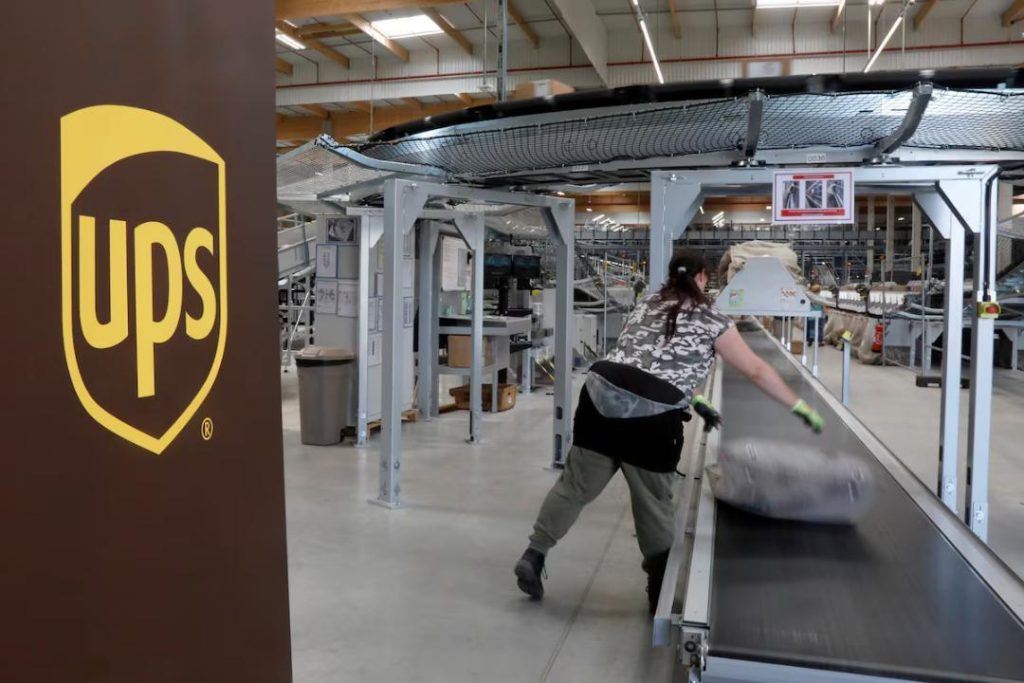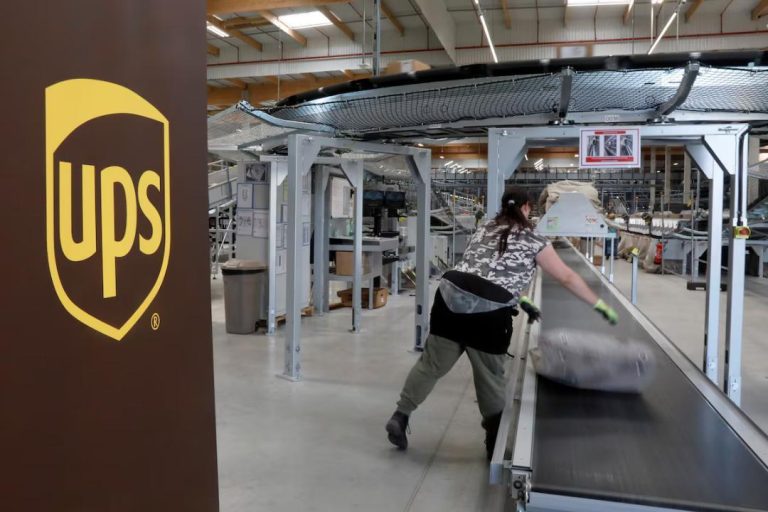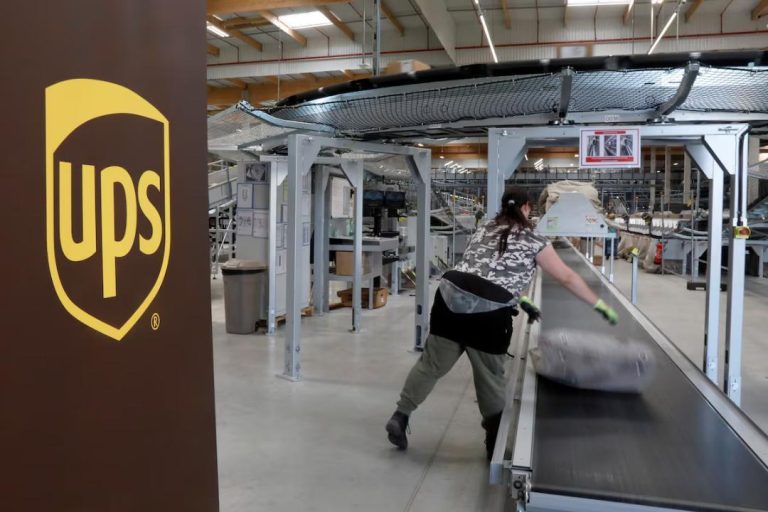
UPS to Cut 20,000 Jobs to Lower Costs & Prepare for Potential Pullback from Amazon
In a move to streamline its operations and reduce costs, United Parcel Service (UPS), the world’s largest package delivery firm, has announced plans to cut approximately 20,000 jobs. The company will also shut down 73 facilities as part of its efforts to reconfigure its network and prepare for a potential pullback from its largest customer, Amazon.
The job cuts and facility closures are expected to result in significant cost savings for the company, which will be essential in today’s highly competitive logistics industry. In a statement, UPS CEO Carol Tome said, “The actions we are taking to reconfigure our network and reduce cost across our business could not be timelier.”
The news was announced on Tuesday, sending shockwaves through the logistics industry and sparking concerns about the future of the company and its employees. While the job cuts will undoubtedly have a significant impact on those affected, they are a necessary step for UPS to remain competitive in a rapidly changing market.
The decision to cut jobs and close facilities is not unexpected, given the current state of the logistics industry. With the rise of e-commerce, companies like UPS, FedEx, and Amazon have seen a significant increase in demand for their services. However, this increased demand has also led to increased competition and pressure to reduce costs.
In recent years, Amazon has been increasing its control over its logistics and delivery operations, investing heavily in its own fleet of trucks and delivery personnel. This has led to concerns that the company may eventually pull back from using third-party logistics providers like UPS.
While UPS has not explicitly stated that the job cuts and facility closures are directly related to Amazon’s growing presence in the logistics industry, it is clear that the company is taking proactive steps to prepare for potential changes in the market.
In addition to the job cuts and facility closures, UPS will also be consolidating its operations and reducing its overhead costs. The company will be implementing new technologies and processes to improve efficiency and reduce waste, which will help to offset the costs associated with the job cuts and facility closures.
The news has been met with mixed reactions from employees and industry analysts. While some have expressed concern about the impact on employees, others see the decision as a necessary step for the company to remain competitive in the long term.
In a statement, the International Brotherhood of Teamsters, a labor union that represents many UPS employees, said, “We are extremely disappointed in the announcement of the layoffs and facility closures. We will be working closely with UPS to minimize the impact on our members and to ensure that they receive the support they need during this difficult time.”
The news is also being closely watched by investors, who are eager to see how the company’s efforts to reduce costs and improve efficiency will impact its bottom line. In the short term, the job cuts and facility closures are likely to result in significant cost savings for the company. However, in the long term, the success of UPS’s efforts will depend on its ability to adapt to changing market conditions and to continue to provide high-quality services to its customers.
In conclusion, the decision by UPS to cut 20,000 jobs and close 73 facilities is a significant one, and it will undoubtedly have a significant impact on the company and its employees. While the news is likely to be met with resistance from some quarters, it is a necessary step for the company to remain competitive in today’s highly competitive logistics industry.





